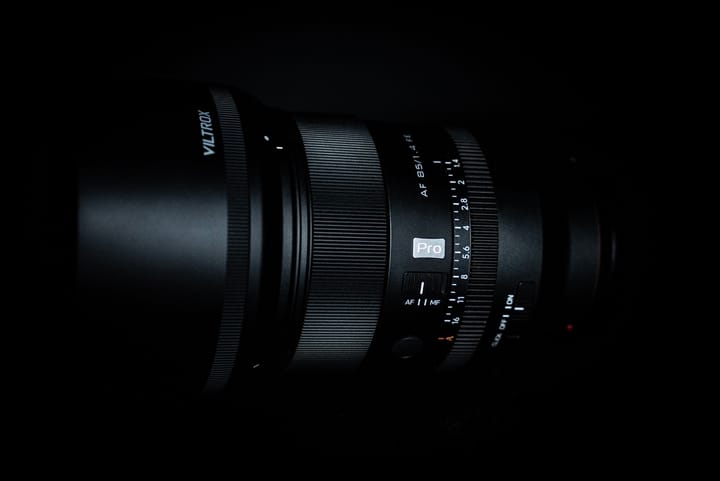5 Bad Landscape Photography Habits to Avoid

In this comprehensive blog, we'll delve into the enlightening world of landscape photography and the critical habits that beginners should avoid in their photographic journey. The subject matter stems from the YouTube video titled "Beginner Landscape Photography Habits to Avoid (wish I did sooner)," hosted by Mark Denney, an experienced photographer, who reflects on past practices and shares valuable insights for aspiring photographers.
Introduction
The blog kicks off by acknowledging the immense value of introspection and self-improvement. Mark Denney recounts his early days in photography, reminiscing about habits that they once believed were beneficial. However, with hindsight, they realize that these practices were counterproductive and prevented their growth as a photographer. This realization is a testament to the evolving nature of the craft and the importance of learning and adapting.
Habit 1: Final Compositions
The first habit under scrutiny is termed "final compositions." In their early days, the Mark Denney admits to becoming obsessed with achieving the perfect composition in-camera. They recount instances where they spent excessive time meticulously adjusting every aspect of a composition during a shoot. However, they've since adopted a more pragmatic approach termed "shooting for the crop." This strategy involves capturing a slightly larger composition to allow for cropping during post-processing, providing more flexibility to fine-tune the composition later. Examples are shared to illustrate how this approach has improved their work.
Habit 2: Tunnel Vision
The blog then delves into the concept of "tunnel vision." Mark describes how they used to become fixated on a specific composition, overlooking changes in light and atmosphere that could lead to a more captivating photograph. Instead, they recommend surveying the entire scene and focusing on areas of interesting light and atmosphere. This shift in mindset enables photographers to adapt to changing conditions and create more dynamic and engaging images.
Habit 3: Global Everything
The blog then addresses the habit of "global everything" in photo editing. The video creator candidly reflects on their early editing practices, where they applied adjustments uniformly to the entire image. They stress the importance of local adjustments and masking to treat different areas of a photograph independently. By utilizing local adjustments, photographers can bring out the best in each area of the image and achieve a more refined and nuanced final result.
Habit 4: Photo Hammering
Next, Mark Denney explores the concept of "photo hammering." This habit involves fixating on a single composition and capturing numerous shots with minor variations, hoping that one of them will turn out perfectly. The video creator shares examples of how they once captured hundreds of images of the same composition, resulting in limited variety and productivity. They advocate for diversity in shooting, encouraging photographers to explore different angles, focal lengths, and compositions to tell a more comprehensive story of the location.
Habit 5: Tripod Scouting
The fifth and final habit under scrutiny is "tripod scouting." Mark confesses to previously attaching their camera to the tripod too early in the shoot, restricting their mobility and experimentation. They emphasize the benefits of initially exploring the scene without a tripod, allowing for more creative exploration and a better understanding of the available compositions. By adopting a handheld approach, photographers can freely experiment with angles and perspectives before committing to a specific setup.
Conclusion
The blog wraps up by underscoring the significance of continuous learning and adaptation in photography. Mark Denney's journey from embracing these counterproductive habits to recognizing their drawbacks serves as a valuable lesson for both beginners and experienced photographers alike. The importance of remaining open to new approaches, evolving techniques, and dynamic shooting strategies is reiterated as an essential aspect of personal growth and success in the world of landscape photography. The blog concludes by inviting readers to watch the original video and explore their own photographic practices with a critical eye, fostering an environment of continuous improvement and artistic evolution.


